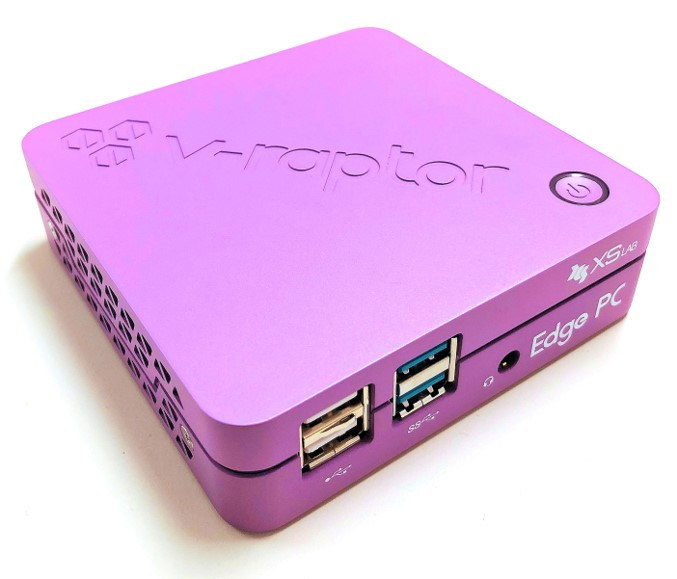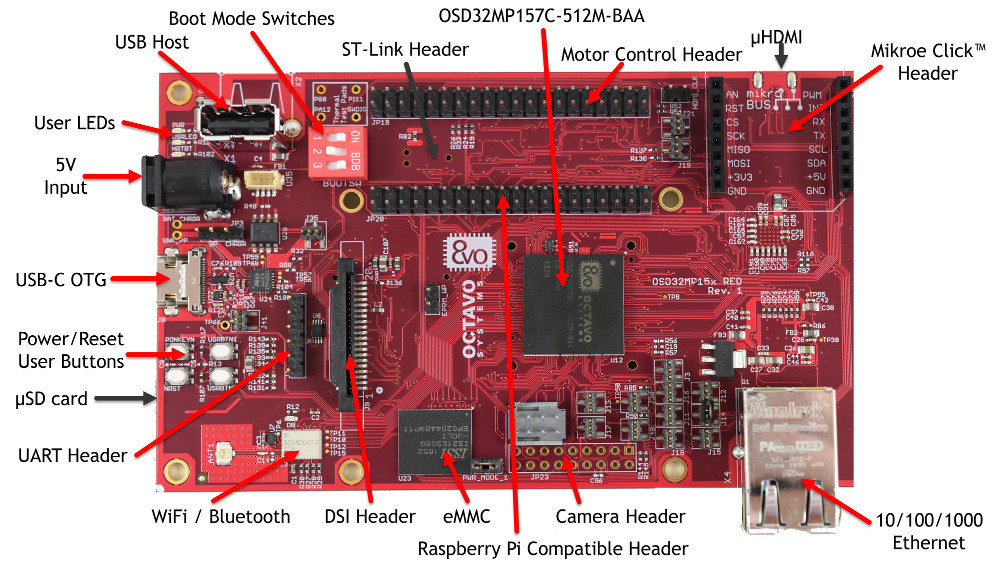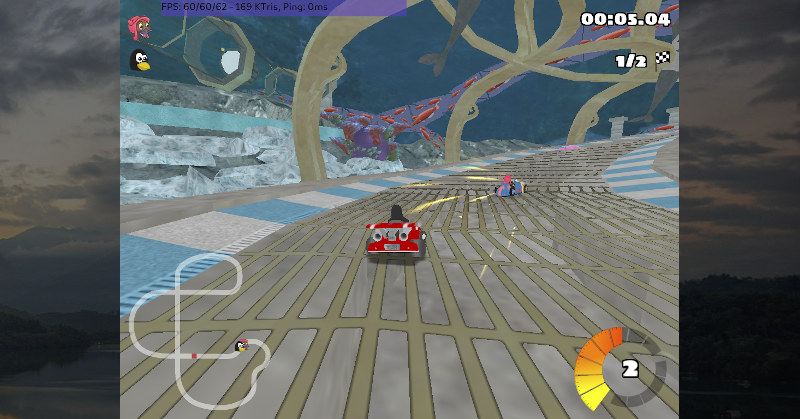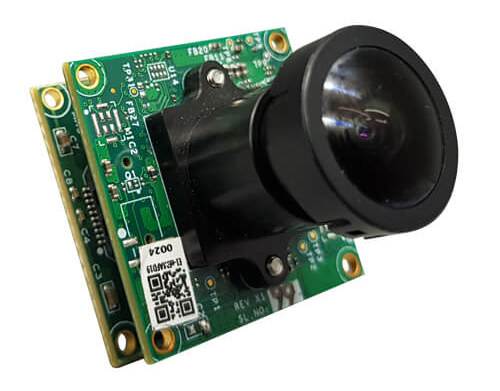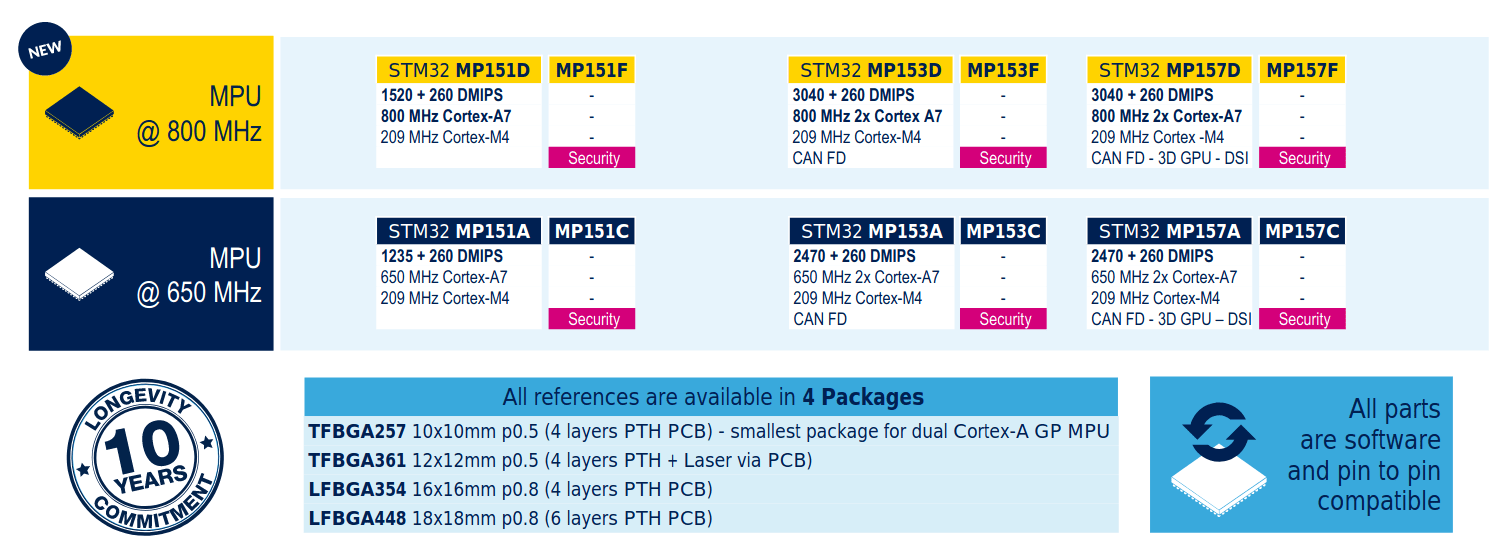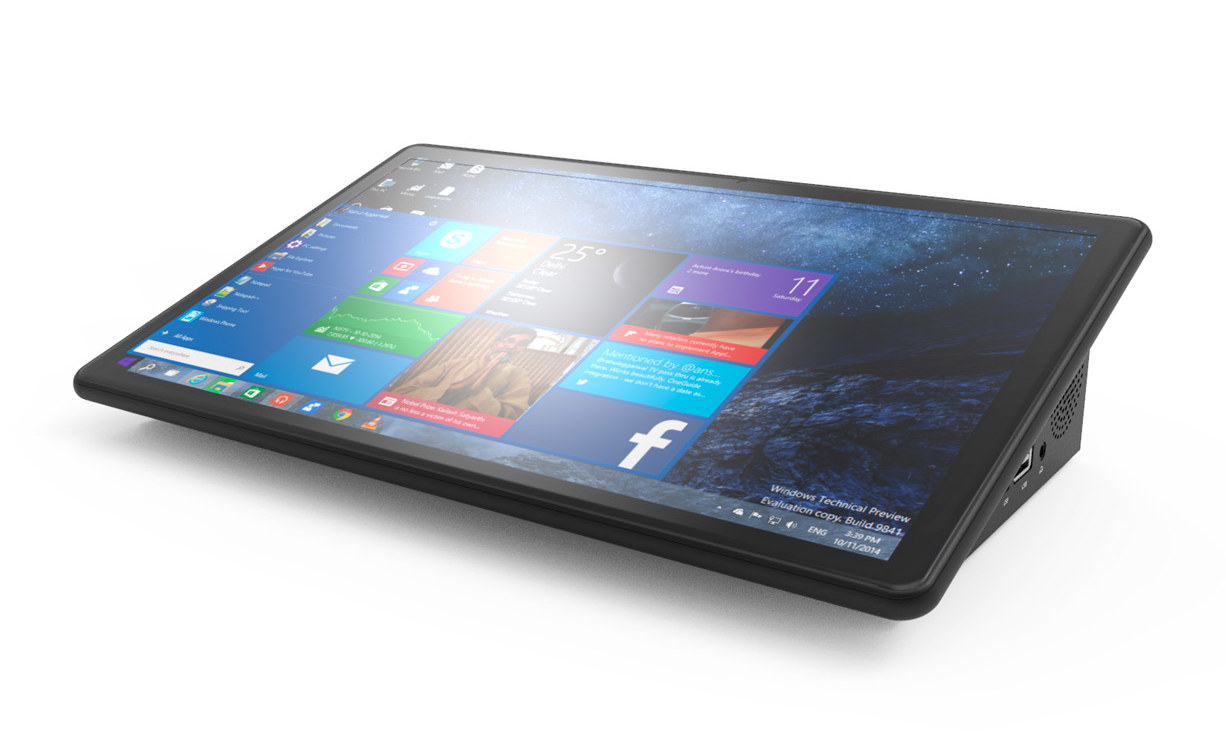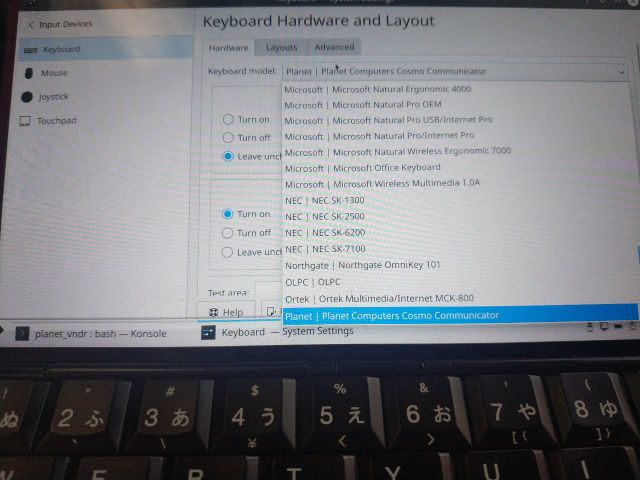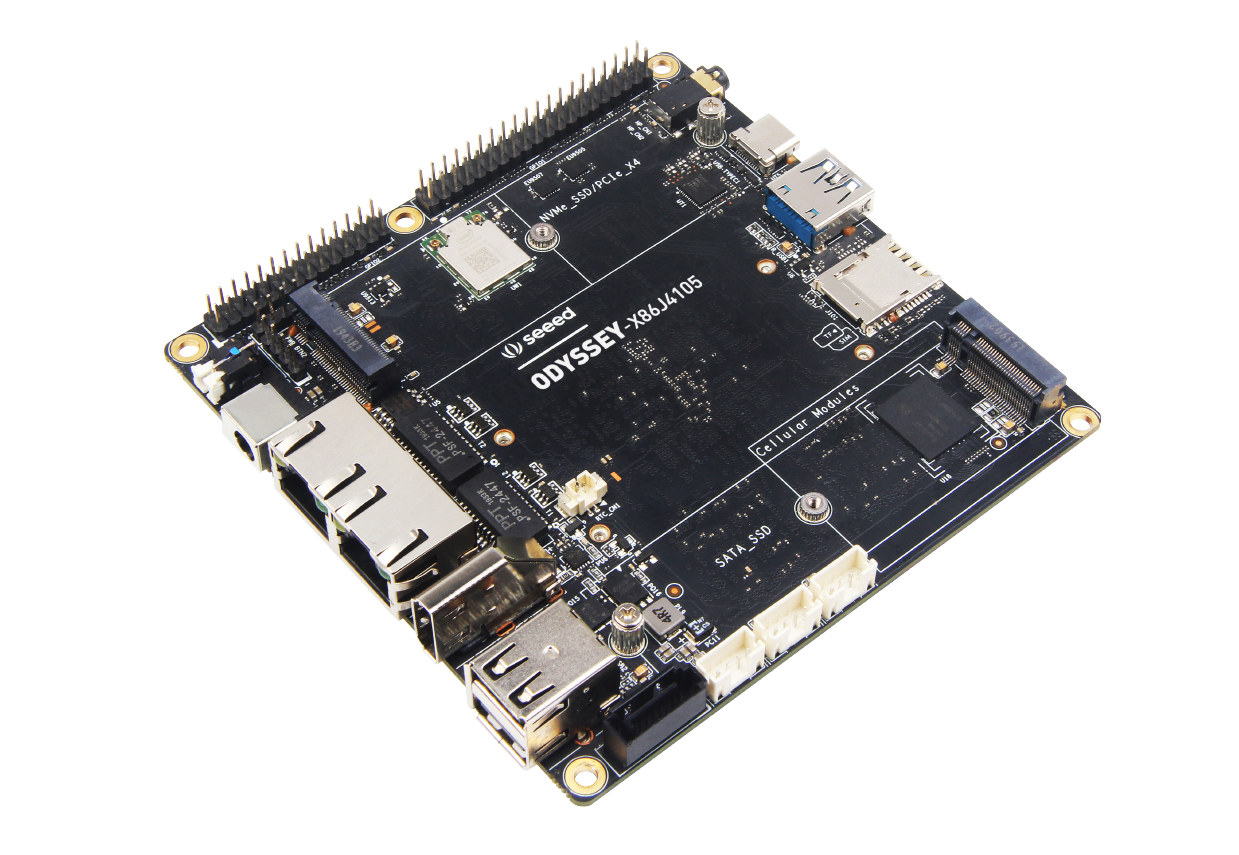We previously wrote about XS LAB’s V-Raptor server equipped with SocioNext SC2A11 24-core Arm Cortex-A53 SoC, but the Korean company has been working on a different kind of project with V-Raptor Edge mini PC powered by Rockchip RK3399 processor and running Xubuntu 18.04 with an Arm EBBR-compliant UEFI bootloader. The mini PC was designed to work as a thin client for Cloud PC VDI service from SK Broadband, but XS Lab appears open to expand its use to other applications depending on interest from distributors. V-Raptor Edge PC preliminary specifications: SoC – Rockchip RK3399 hexa-core processor with 2x Arm Cortex-A72 cores @ up to 1.8 GHz, 4x Arm Cortex-A53 cores System Memory – 4GB LPDDR4 Storage – 16GB eMMC flash or 32GB MicroSD card Video Output – HDMI 2.0 up to 4K, and DisplayPort via USB-C port; dual-independent display support up to 2x Full HD Audio – 3.5mm headphone jack, […]
Octavo Systems Announces Development Boards based on OSD32MP1 System-in-Package (SiP)
Announced in February 2019, STM32MP1 Cortex-A7/M4 processor family recently got an update with 24 new SKU’s boosting the Cortex A7 core frequency to 800 MHz instead of just 650 MHz for the SoC’s announced last year. One of the first companies to take advantage of the new parts will be Octavo Sytems that unveiled OSD32MP1 system-in-package (SiP) last year combining STM32MP15x MPU, up to 1GB RAM, 4K EEPROM, STPMIC1 power management IC, two oscillators, and over 100 passive components into a single chip. The company also introduced two upcoming development kits for the STM32MP1 based SiP: OSD32MP1-BRK “Flexible Prototyping Platform” and the more featured OSD32MP1-RED evaluation & development board. Both boards are supported by OpenSTLinux which we covered in our previous articles about STM32MP1. OSD32MP1-BRK Breakout board for OSD32MP1 SiP The first board aims to provide easy access to the I/O of the STM32MP1 processor via breadboard compatible headers, and […]
Panfrost Open-Source Arm Mali GPU Driver Gets Experimental OpenGL ES 3.0 Support
Panfrost is the open-source driver being developed for Arm Midgard and Bitfrost GPUs. The first versions focused on support for OpenGL ES 2.0, but the more recent OpenGL ES 3.0 enables faster and more realistic rendering. The goods news is that Panfrost support for experimental OpenGL ES 3.0 has landed in Mesa according to a recent post on Collabora blog. Specifically, Panfrost now supports instanced rendering, primitive restart, uniform buffer objects, 3D textures, and multiple render targets (on Mali T760 and up) all of which are OpenGL ES 3.0 features. People who are not into graphics development may not know about the purpose of those features, but Alyssa Rosenzweig, a free software graphics hacker leading Panfrost, explains: … instanced rendering and primitive restart allow developers to write faster graphics applications, to render efficiently scenes more complex than possible in ES 2.0. … uniform buffer objects and 3D texture give developers […]
e-Con Systems Launches MIPI CSI-2 Cameras for Google Coral Dev Board
Google Coral Development Board Camera Series e-Con Systems has announced a camera series that can be used with the Google Coral Development board. There are two models: e-CAM50 CUCRL is a 5.0 MP MIPI CSI-2 camera and e-CAM30 CUCRL is a 3.4 MP MIPI CSI-2 camera. Both Have Features In Common Both support a variety of resolutions and were developed for AI devices. The cameras are color and fixed focus and can be connected directly to the Coral Development Board through P1 and J15 camera connector. Background on Google Coral Development Board The Google Coral Development board was reported on extensively since its release in 2019. Two articles for the Coral Development Board and its most recent addons are the Google Coral Development Board announcement and the Coral Development Board’s latest mPCIe and M.2 cards. Jetson Nano and Rock960 SBC’s Cameras e-Con Systems previously made cameras for other SBC’s including […]
STMicro Updates STM32MP1 Family with 800 MHz Cortex-A7 Processors
Until last year, all STM32 microcontrollers were based on Arm Cortex-M “MCU” cores, but that changed with the introduction of STM32MP1 Cortex-A7 + Cortex-M4 processor a year ago. That meant for the first time, we had an STM32 processor with an MMU capable of running Linux or Android. The company had three product lines: STM32MP157 – Dual Cortex-A7 cores @ 650 MHz, Cortex-M4 core @ 209 MHz, 3D GPU, DSI display interface and CAN FD STM32MP153 – Dual Cortex-A7 cores @ 650 MHz, Cortex-M4 core @ 209 MHz and CAN FD STM32MP151 – Single Cortex-A7 core @ 650 MHz, Cortex-M4 core @ 209 MHz All available in four different packages, and with or without hardware security (parts with A and C suffix) meaning we had a total of 24 parts. STMicro has now announced 24 more parts whose main and only difference compared to the STM32MP1 processors launched last year […]
HiGole F11APL Apollo Lake Industrial Mini PC Comes with a 11.6″ Touchscreen Display
We’ve previously reviewed a few unusual mini PCs and tablets from Shenzhen Qianhai Gole Technology Co., Ltd – better known as just GOLE – such as GOLE F7 rugged tablet very recently, and before that some mini PCs with built-in display as GOLE 10. The company has now come up with an update to the latter with a more powerful Apollo Lake processor. HiGole F11APL comes with a slightly larger 11.6″ touchscreen display, but the Intel Celeron N3450 processor combined with 4GB RAM and 64GB eMMC flash storage will provide much better performance than the previous Cherry Trail-based solution. HiGole F11APL specifications: SoC – Intel Celeron N3450 quad-core Apollo Lake processor @ 1.1 GHz / 2.2 GHz (Burst frequency) and 12 EU Intel HD Graphics 500 @ 200 MHz / 700 MHz (Burst freq.); 6W TDP System Memory – 4GB LPDDR4 Storage – 64 GB eMMC flash, micro SD slot […]
Cosmo Communicator 2-in-1 Phone/Mini Laptop can now Dual Boot Debian Linux and Android
The Cosmo Communicator The Cosmo Communicator was released as a crowdfunded handheld device mixing smartphone and a small laptop features such as keyboard and display. It was launched in late 2019 and ran Google Android. Didn’t Ship with Linux Support The original units were shipped and fulfilled the requirements of the crowdfunding campaign, but still were missing something the company had wanted to provide: support for Linux. Debian Linux Support This is now fixed as Planet Computers, the company that makes Cosmo Communicator, just released a version of Debian Linux, that can be installed on the system, with the tools that the company has provided for free on its website. Other Linux Phones There has been some movement in the world of Linux Phones, with the advent of the Purism Librem 5 and the Pine64 PinePhone using the familiar touchscreen interface found in the vast majority of smartphones. Quick Basics […]
ODYSSEY-X86J4105800 SBC Combines Intel Gemini Lake SoC and Arduino Compatible MCU
Would it be good to have an all-in-one Windows platform used to both develop Arduino code and run that code to control I/O of your project? Or alternatively, have a single board computer capable of video processing and real-time I/Os? That platform already exists. UDOO X86 II SBC features an Intel Braswell processor combined with an Arduino Leonardo compatible Microchip ATmega32U4 MCU. But there’s now another, more powerful option courtesy of Seeed Studio with the oddly named ODYSSEY-X86J4105800 SBC equipped with an Intel Celeron J4105 quad-core Gemini Lake processor to run Windows 10 or Linux distributions, and a Microchip SAMD21 ARM Cortex-M0+ microcontroller compatible with Arduino Zero. ODYSSEY-X86J4105800 SBC specifications: SoC – Intel Celeron J4105 quad-core processor @ 1.5/2.5 GHz (Turbo) with 12EU Intel UHD Graphics 600 @ 250-750 MHz; 10W TDP System Memory – 8GB LPDDR4 RAM Storage Optional 64GB eMMC flash (fitted to ODYSSEY-X86J4105864 model), 1x SATA III data […]


